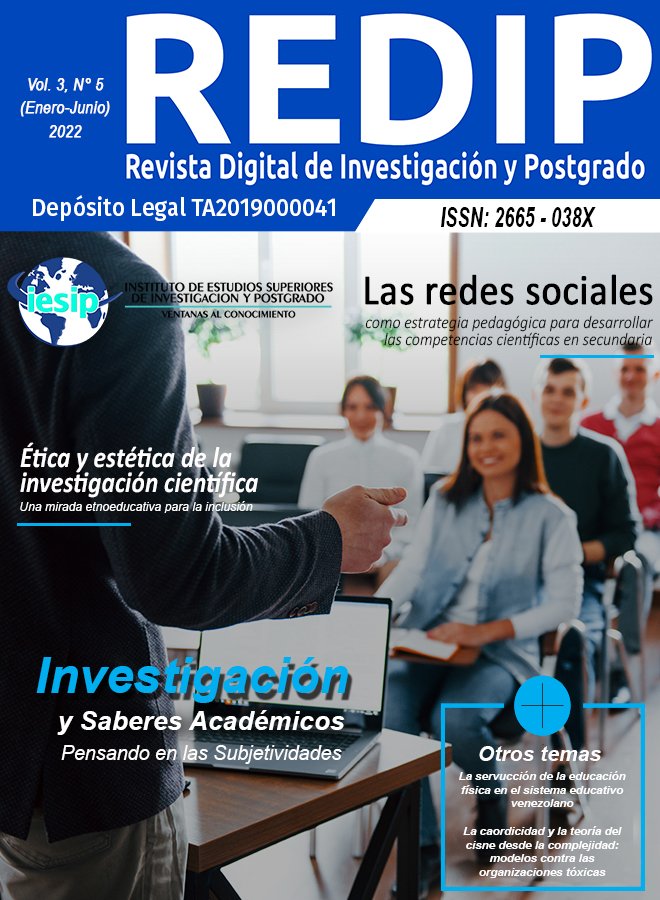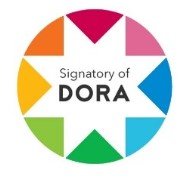Chaordicity and swan theory from complexity
Models against toxic organisations
DOI:
https://doi.org/10.59654/cae8pk94Keywords:
Chaordicity, black swan theory, complexity, organisation.Abstract
Management praxis is framed in a dynamism typical of a cybersociety, of vertiginous changes, which require creative solutions, to confront events between chaos and order, of uncertainty and complexity, which translates into new challenges from the triad initiative-competence-synergy with which balance (order) is generated. The metaphor of the black swan alludes to the fact that these elements reveal the need to apprehend new conceptions of leadership, applying personal development strategies in order to eliminate toxic elements in the organisation. The epistemological
framework was based on the contributions of Hock (1996) and Tauleb (2010). The intention of this article was to reflect on the importance of the theory of chaordicity and the black swan theory from the perspective of complexity. It is concluded that the black swan theory envisions the need for a leader prepared for moments of chaordicity, as a model of integrity to avoid a toxic work climate.
Downloads
References
Fernández, R. (2011). La productividad y el riesgo psicocial o derivado de la organización del trabajo. Editorial Dykinson.
Frost, P. (2013). Toxic Emotions at Work: How Compassionate Managers Handle Pain and Conflict. Harvard Business School.
Gimeno, M. y otros (2013). El cambiante mundo de las organizaciones. Revista Internacional de Organizaciones, [Revista en Línea], (10), 41-63. https://doi.org/10.17345/rio10.41-63
Hock, D. (1999). Birth of the Chaordic Age. Berrett-Koehler Publishers.
Mandressi, R. (2013). Orden, desorden, caos: ¿un nuevo paradigma? Revista Henciclopedia [Revista en Línea] http://www.henciclopedia.org.uy/autores/Mandressi/Caosorden.htm
Taleb, N. (2010). El cisne negro: El impacto de lo altamente improbable. Editorial Paidós.
Downloads
Published
Issue
Section
License
Copyright (c) 2021 Revista Digital de Investigación y Postgrado

This work is licensed under a Creative Commons Attribution-NonCommercial-ShareAlike 4.0 International License.
Esta licencia permite a los reutilizadores distribuir, remezclar, adaptar y desarrollar el material en cualquier medio o formato únicamente con fines no comerciales, y solo siempre que se atribuya al creador. Si remezclas, adaptas o construyes sobre el material, debes licenciar el material modificado bajo términos idénticos. CC BY-NC-SA incluye los siguientes elementos:
![]() POR: se debe dar crédito al creador.
POR: se debe dar crédito al creador.![]() NC: Sólo se permiten usos no comerciales de la obra.
NC: Sólo se permiten usos no comerciales de la obra.![]() SA: Las adaptaciones deben compartirse en los mismos términos.
SA: Las adaptaciones deben compartirse en los mismos términos.











